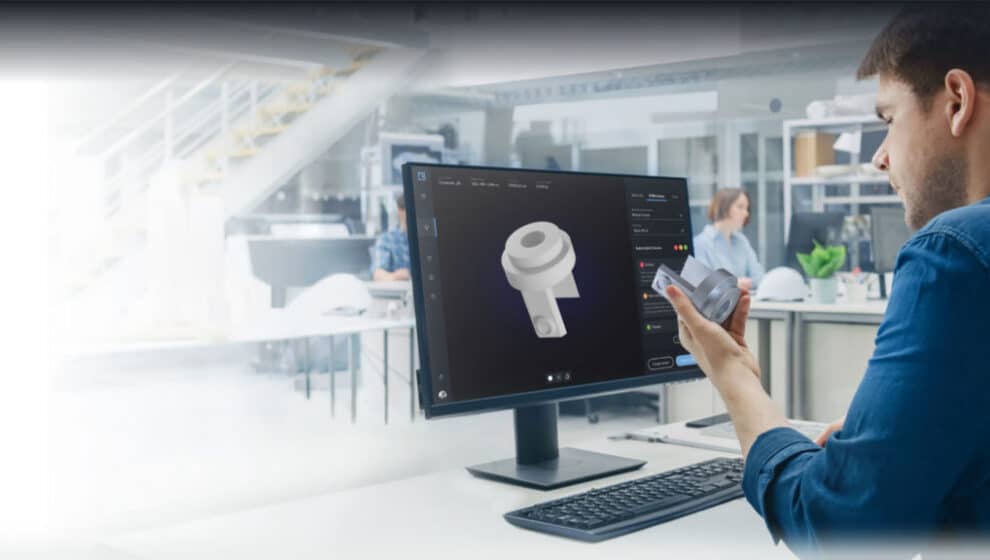Eight companies that went public as part of a special purpose acquisition company (SPAC) have filed for bankruptcy, and more will likely follow suit.
Key Details
- The eight SPAC-started companies went bankrupt, according to Bloomberg…
- Electric commercial van maker Electric Last Mile
- Photonics-based health monitoring company Rockley Photonics
- Men’s pharmaceutical company Clarus Therapeutics
- E-commerce delivery firm Enjoy Technology
- IT service management company Core Scientific
- Digital manufacturing company (3D printing) Fast Radius
- Lidar sensor developer Quanergy Systems
- Internet service provider Starry Group
Why it’s news
The trend of merging with a SPAC became popular during the pandemic, enabling private companies not large enough for the popular stock exchanges to get access to the public capital markets.
DraftKings is one example of success. The company, mainly known for its sports betting services, did a reverse merger with gaming tech provider SBTech and SPAC Diamond Eagle Acquisition Corp. in 2020 and quickly found itself successful.
The stock initially started around $9 per share and currently trades at around $19 per share but has reached prices as high as $71 per share.
However, these eight companies above might be the first of a downfall of businesses that filed with a SPAC as over 100 businesses don’t have enough money to fund current spending through 2023, according to Bloomberg data.
The failures have been many and rapid. Now multiple SPAC-started businesses have filed for bankruptcy months after merging, proving that merging with a SPAC instead of conventionally selling shares can be a dangerous game.
Backing up a Bit
The businesses join forces with a SPAC to take the company public without having to sell shares traditionally. SPACs are shell companies created just to merge with others, and the business takes over the shell company after the merger.
During the pandemic, SPAC buying became popular as many saw it as a fast way to go public and avoid certain regulations that are needed before a company can go public.
The downfall of these short-cut companies is likely to continue as more of the businesses can’t afford to keep moving and are forced to file for bankruptcy.
“It’s just a cautionary tale,” says Rainmaker Securities co-founder Greg Martin. “When something is too good to be true, it’s too good to be true. It’s so obvious when you look at the valuations some of these companies were getting from SPAC sponsors that it wasn’t sustainable.”
How long it took each company to file for bankruptcy after going public…
- Commercial van maker Electric Last Mile ➡️ 352 days
- Health-monitoring firm Rockley Photonics ➡️ 530 days
- Men’s pharmaceutical company Clarus Therapeutics ➡️ 361 days
- E-commerce delivery firm Enjoy Technology ➡️ 256 days
- IT service management company Core Scientific ➡️ 336 days
- Digital manufacturing company (3D printing) Fast Radius ➡️ 274 days
- Lidar sensor developer Quanergy Systems ➡️ 308 days
- Internet service provider Starry Group ➡️ 329 days

